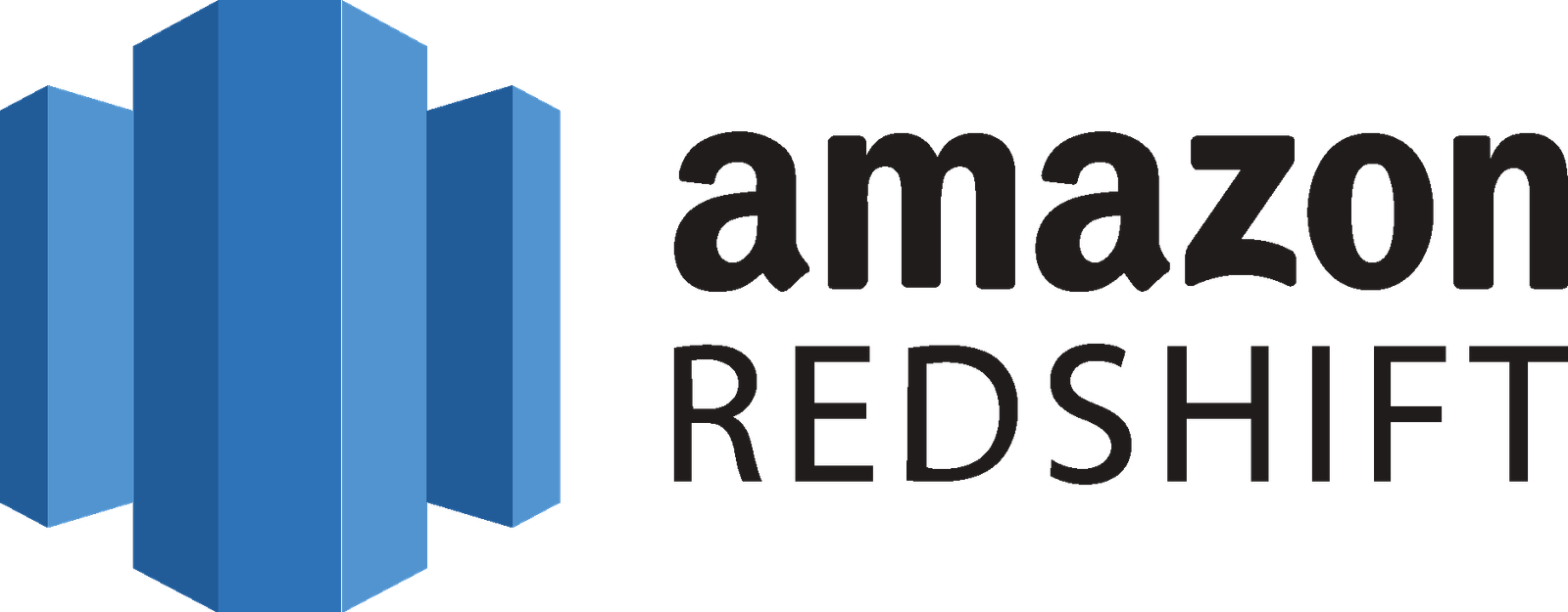Prodhee Technologies helps enterprises safeguard critical systems, data, and customer trust through advanced, AI-driven cybersecurity. From proactive threat hunting and zero-trust architectures to real-time anomaly detection and automated response, we build resilient defense frameworks that evolve faster than adversaries.
Prodhee
- Home
-
IT consulting Custom software development Smart Development teams Staff augmentation Digital transformation SAP Services Game Development DevOps as a Service Cybersecurity & AI-Driven Data IntelligenceApplied & GEN AIAgentic AI Computer Vision Generative AI LLM Fine Tuning LLM Model Evaluation Model Context Protocol Development Natural Language Processing Retrieval Augmented GenerationInternet of Things (IoT)IoT Consulting & Strategy Industrial IoT (IIoT) Smart City & Smart Home Solutions IoT Device & Sensor Integration IoT Data AnalyticsCloud Computing & AI InfrastructureCloud Migration & Modernization AI/MLOps (Machine Learning Operations) Serverless Computing Data Warehouse & Data Lake Solutions Cloud Security & Compliance
-
Business SolutionsHuman Resource Management Software Parking Management System Time Management System Real Estate Management System Clockify Pro Time Management SystemSpecialized PlatformsCrypto Trading Platform QR Pay Betting exchange Home service management system Stock Management SystemIndustry ProductsJob Recruitment Platform Ads Network Digital Marketing Platform Parkmepro car-parking platform Video Streaming Portal Remittance Money Transfer SolutionProduct InnovationOnline Learning Management System QRPay Agent Baby and Pet Sitting Services Platform Telemarketing Voip Service Advanced Hyip Investment Software
- Insights
- Contact Us
Cybersecurity & AI-Driven Threat Detection
Protect your digital core with adaptive defense powered by AI
A few organizations we’ve helped












- What is AI-Driven Cybersecurity ?
- Why Prodhee
- Our Capabilities & Offerings
- Delivery Models
- Industries & Use Cases
- Our Approach
- Tech Stack & Tools
- Project Outcomes
What is AI-Driven Cybersecurity ?
AI-Driven Cybersecurity is the proactive use of machine learning, automation, and advanced analytics to prevent, detect, and respond to threats before they cause harm. Unlike traditional static defenses, AI-powered systems continuously learn from new data, identify anomalies, and orchestrate rapid responses—keeping pace with evolving attack vectors like ransomware, phishing, insider threats, and supply chain exploits.
- Detect Faster – AI anomaly detection spots threats before they escalate.
- Defend Smarter – Automated, risk-prioritized responses reduce human fatigue.
- Secure Everywhere – Cloud, endpoints, apps, APIs, and OT/IoT ecosystems.
- Evolve Continuously – Adaptive learning keeps defenses ahead of attackers.
Why choose Prodhee for Cybersecurity & Threat Detection
AI + Human Expertise
Our AI platforms reduce noise, but humans validate critical alerts.
Zero-Trust by Design
Identity-first, least-privilege, and micro-segmentation at every layer.
Cloud-Native Security
Integrations across AWS, Azure, GCP, SaaS, and hybrid environments.
Proactive Threat Hunting
ML-driven hunting surfaces unknown threats before they strike.
Compliance at Core
Security frameworks mapped to ISO 27001, SOC 2, HIPAA, GDPR, PCI-DSS.
Our Cybersecurity & AI-Driven Services
Cybersecurity Strategy & Risk Blueprinting
- Map business risks to a security roadmap with maturity benchmarks and KPIs.
- Deliverables: risk register, control framework, KPI dashboard, 90-day security plan.
Threat Intelligence & Anomaly Detection
- Deploy ML-based detection to flag unusual behaviors, lateral movement, and zero-days.
- Deliverables: AI models, detection rules, alert playbooks, false-positive reduction reports.
Cloud & Application Security
- Secure workloads across AWS/Azure/GCP, implement shift-left DevSecOps, API firewalls.
- Deliverables: IaC security scans, appsec reports, OWASP coverage, CI/CD guardrails.
Identity & Access Management (IAM) Modernization
- Implement zero-trust authentication, SSO, MFA, and just-in-time privileged access.
- Deliverables: IAM architecture, role policies, access logs, governance playbooks.
Security Automation & SOAR
- Automate detection-to-response with SOAR, RPA, and AI-powered runbooks.
- Deliverables: automated response flows, integration scripts, incident postmortems.
AI-Enhanced Security Operations
- Build 24x7 SOC with AI-driven triage, adaptive threat scoring, and predictive monitoring.
- Deliverables: SOC dashboards, AI risk models, alert correlation engine, forensic reports.
Our Engagement Models
Security Readiness Assessment
Baseline posture, risks, and roadmap.
POC & Pilot Defense
Rapid deployment of AI threat models in sandbox/live environments.
Full-Scale Managed Security
24×7 SOC, automation, and compliance management.
Specialist Augmentation
Security engineers, forensic analysts, compliance experts.
Dedicated Cybersecurity Pod
Cross-functional team aligned to your threat landscape.
Virtual CISO Advisory
Executive-level guidance, policies, and board reporting.
Tech Stack & Partnerships









Featured Accelerator : 4-Week Data-to-Insights Sprint
Threat surface map (apps, APIs, endpoints, users, infra)
AI-powered anomaly detection baseline
90-day security playbook
Compliance gap analysis with remediation steps
Client Work & Outcomes
In one month, get a full snapshot of your security maturity and deploy priority defenses.
Global Bank
AI-based fraud detection → stopped $40M in fraudulent transactions within 6 months.
Healthcare Network
Automated HIPAA compliance → audit readiness time reduced by 60%.
E-commerce Retailer
AI-driven bot protection → credential stuffing reduced by 85%.
Manufacturing Ops
Predictive anomaly detection → insider threats flagged 72 hours earlier on average.
Frequently Asked Questions
1
How is AI better than traditional cybersecurity tools?AI reduces noise, correlates alerts, and detects unknown threats—faster and more accurately than static signatures.
2
Can you integrate with our existing security tools?Yes. We extend your SIEM, IAM, and SOC tools with AI, APIs, and automation layers.
3
How fast can we see results?Most clients detect anomalies and reduce false positives within 2–4 weeks of pilot deployment.
4
What about compliance audits?Our frameworks align to ISO, SOC 2, HIPAA, PCI-DSS, GDPR—reducing audit effort by 50%+.
1
How do you prevent disruption during implementation?We use phased rollouts, shadow monitoring, and controlled failover to avoid downtime.
2
What does success look like after 6–12 months?Breaches reduced by 60–90%, compliance readiness, and automated SOC workflows with measurable ROI.
Contact
Let’s discuss how we can support your journey.
